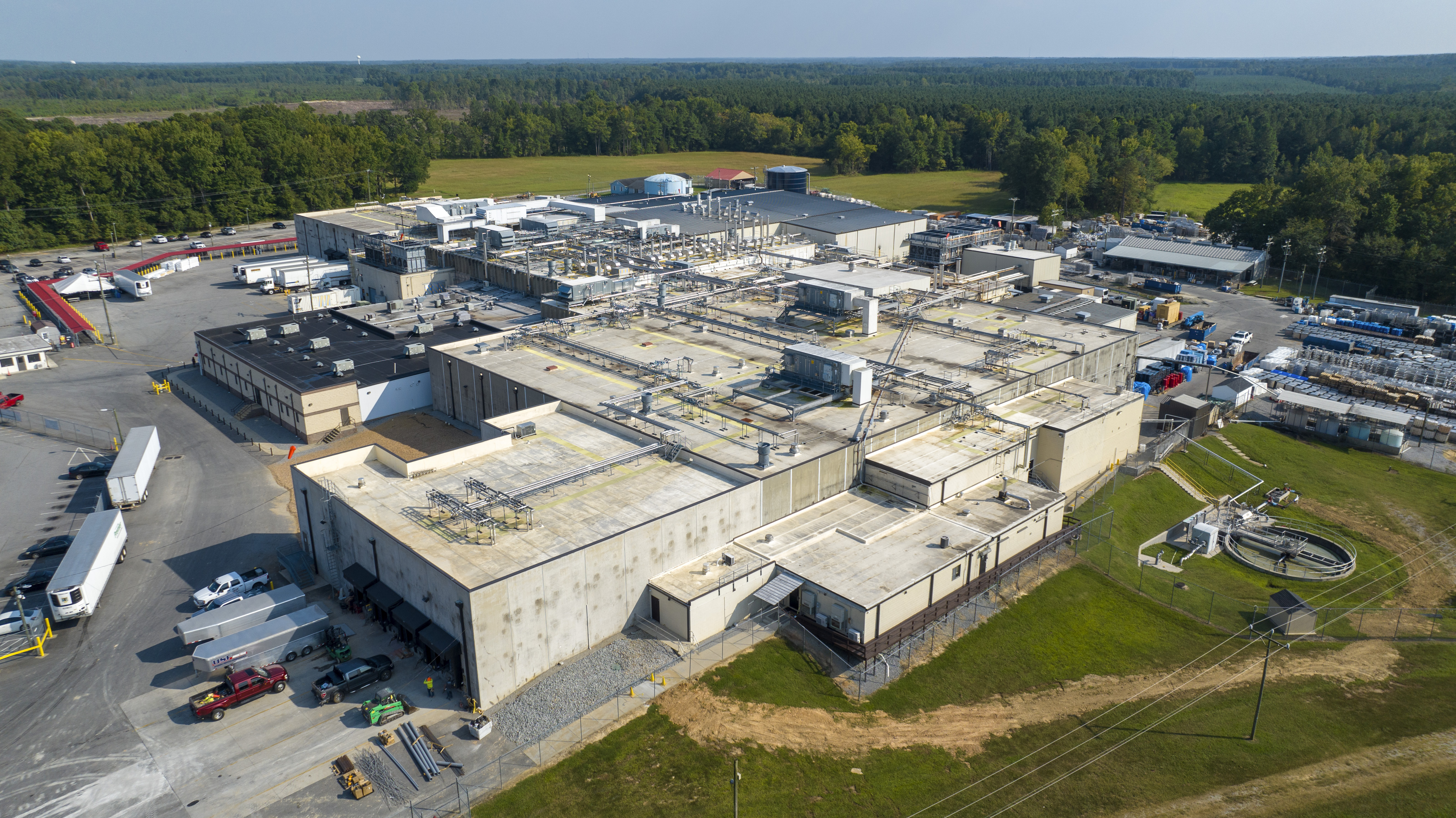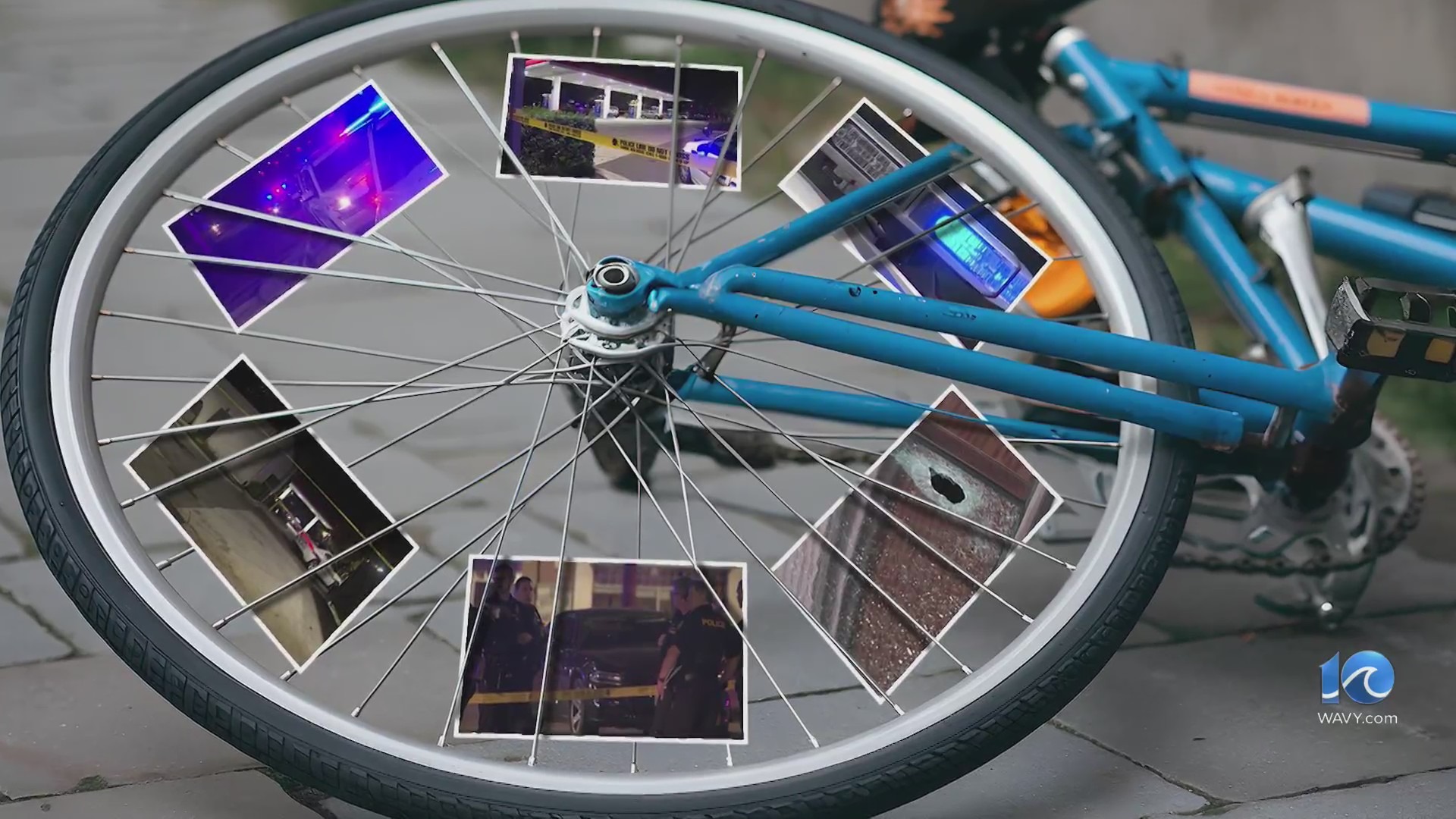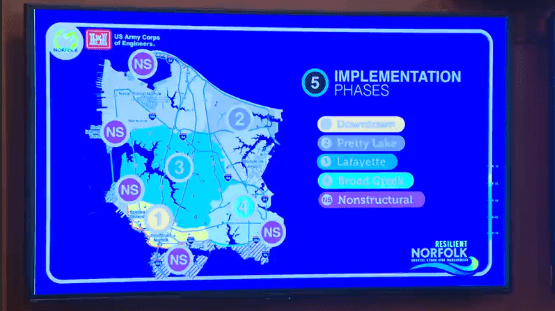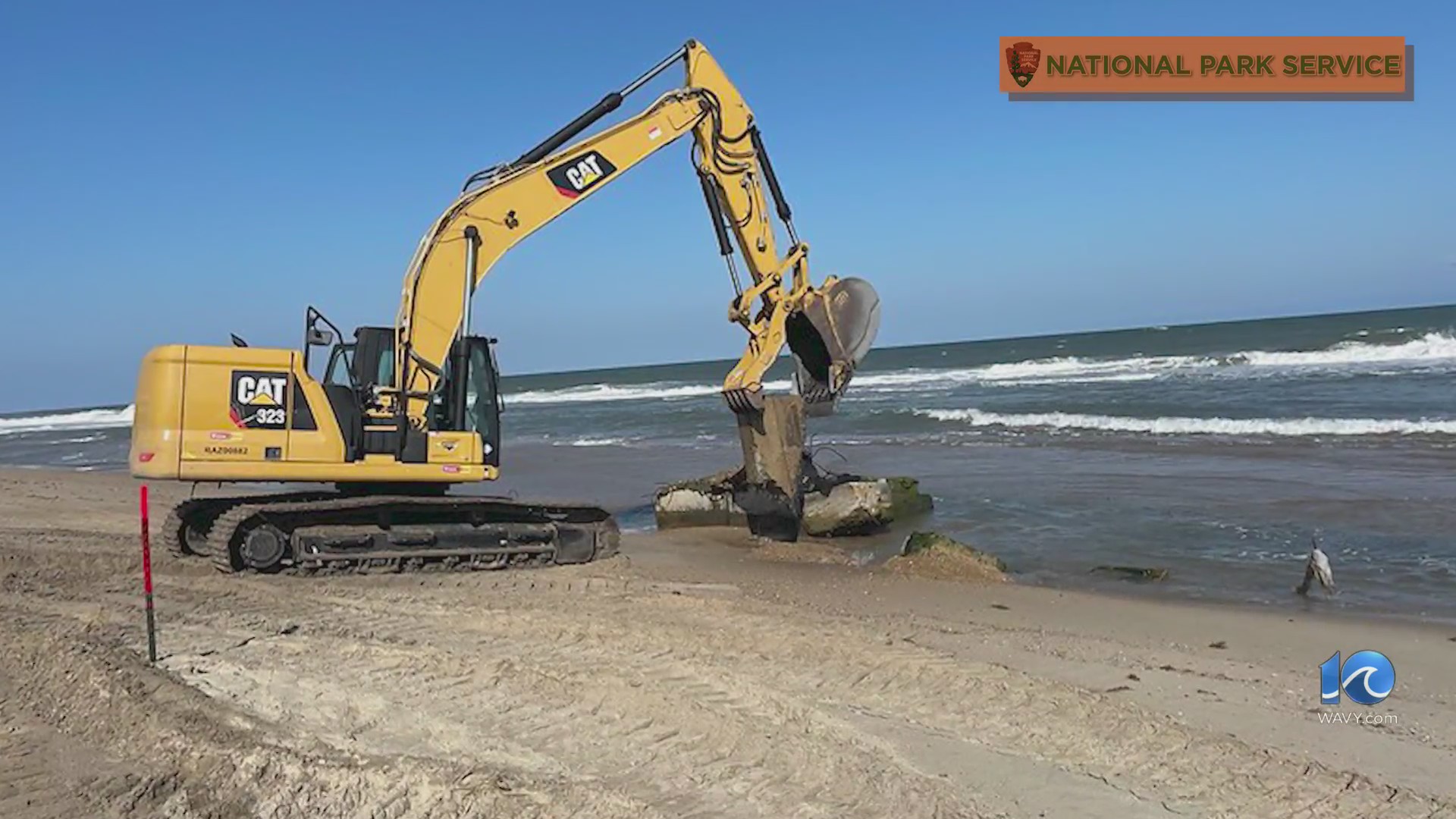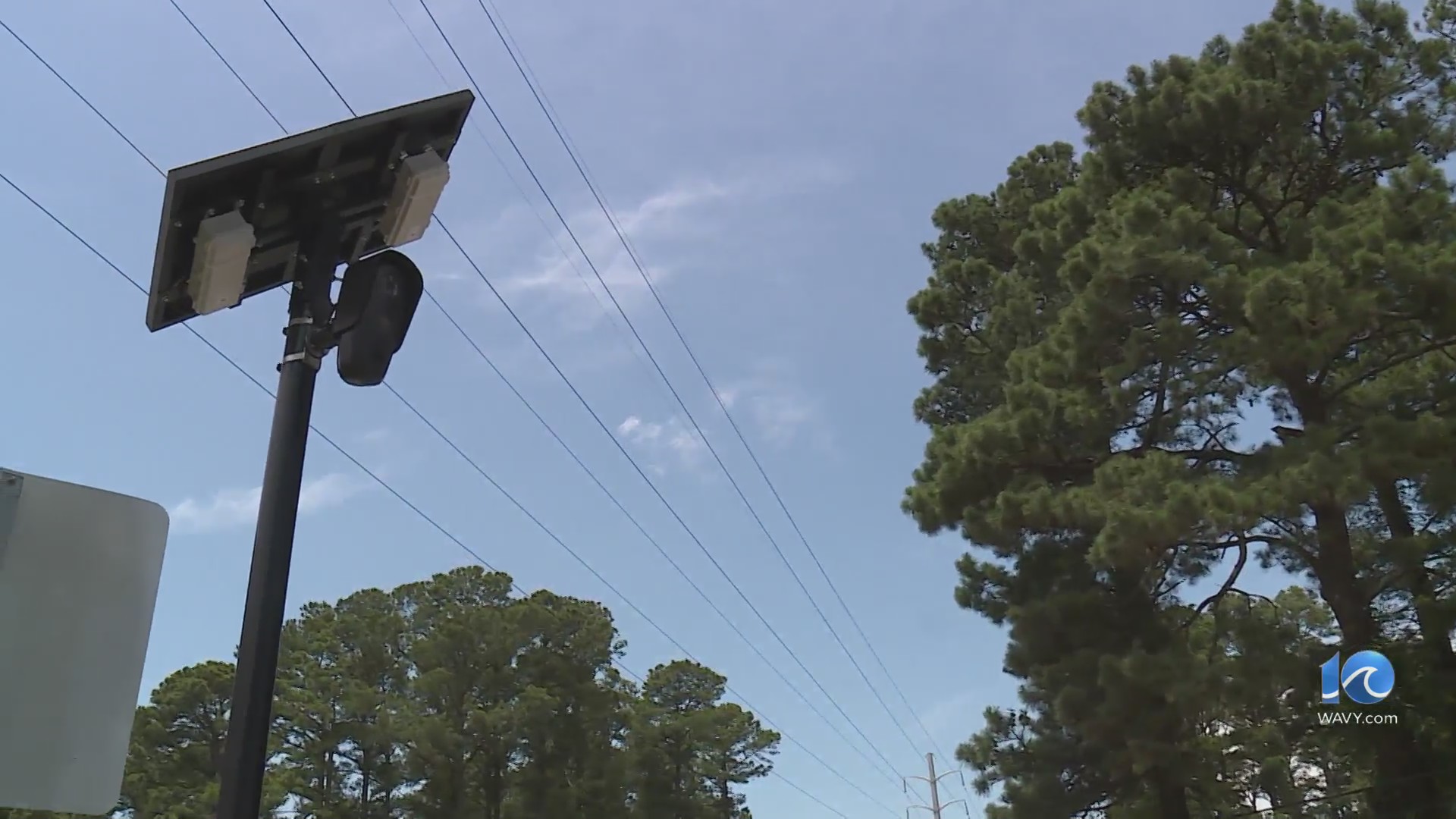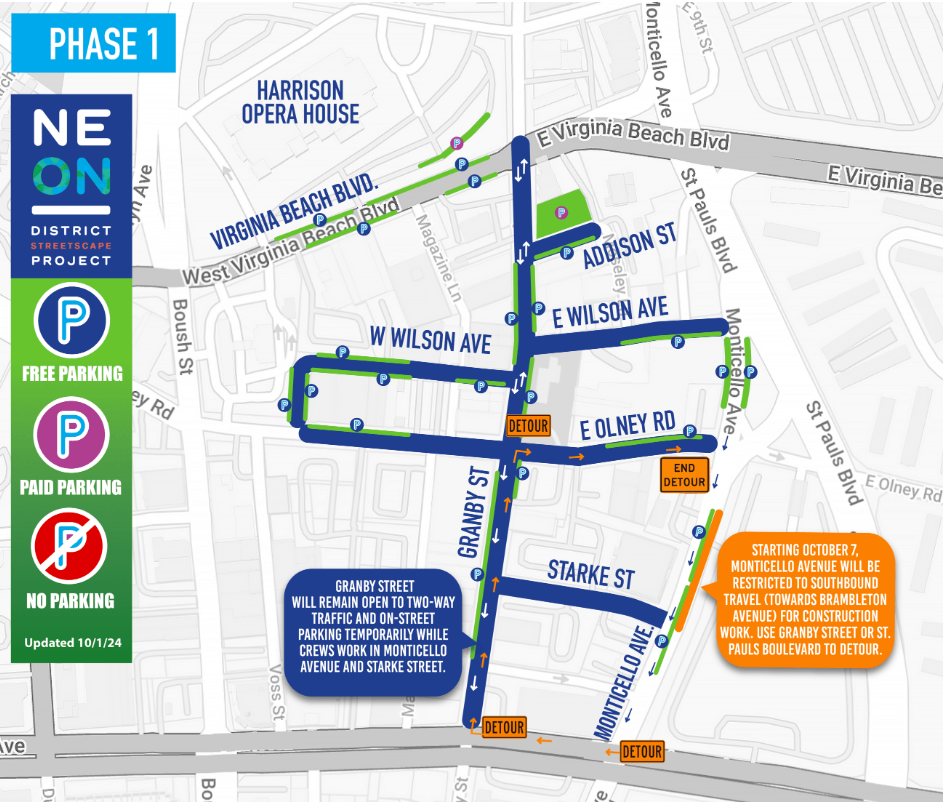The Bugatti Tourbillon marks a new era for the supercar builder not only by using a plug-in hybrid powertrain, but also with the debut of a new platform replacing the one that formed the basis for both the Veyron and Chiron.
In a video posted to Bugatti’s YouTube channel—part of a series of deep dives into different aspects of the car—CTO Emilio Scervo and Chief Vehicle Engineer Paul Burnham explained how the engineering team took full advantage of the clean sheet of paper that was handed to them.
The switch to a new platform created opportunities to change proportions and refine aerodynamic elements that wouldn’t have been available had Bugatti simply chosen to update the old platform. But engineers didn’t have completely free reign. They still had to package the Tourbillon’s equally new plug-in hybrid powertrain, built around a high-revving naturally-aspirated 8.3-liter V-16.
 Bugatti Tourbillon
Bugatti Tourbillon
The new engine is much longer than the quad-turbocharged 8.0-liter W-16 used in the Veyron and Chiron. To make room, Bugatti relocated the fuel tanks to the sides of the chassis, allowing it maintain interior space without stretching the wheelbase. That’s impressive, considering that the engine also sits closer to the passenger compartment than the previous W-16. Helping to achieve this is a seat that moves up and down, but not fore and aft. The pedal box moves instead.
Behind the engine are an 8-speed dual-clutch transmission and a 250-kw (335-hp) electric motor, followed by a large rear diffuser that also incorporates some of the car’s crash structure to save weight. Up front are two more 250-kw electric motors, which power the front axle to give the Tourbillon all-wheel drive. The three motors are powered by a T-shaped 25-kwh battery pack mounted in the middle of the chassis to optimize the center of gravity. The motor can provide up to 60 km (37 miles) of electric-only driving, likely on the more lenient European WLTP test cycle.
The Tourbillon’s cooling needs are also substantial, so it has eight radiators, five of which are located at the front of the chassis. Two radiators at the corners feed air directly at the engine, while three in the center draw air from the trademark horseshoe grille to cool the interior and electrical components.
Bugatti claims that it managed to do all of this while keeping the Tourbillon’s weight in check. The automaker has said the Tourbillon is lighter than the Chiron and, with 1,800 hp on tap, can accelerate from 0-60 mph in an EV-like 2.0 seconds.
Production of the Tourbillon doesn’t start until 2026, but Bugatti has already sold every car. That means the automaker has found 250 people willing to pay at least $4 million for one.
Related Articles
- Rimac may have just teased its F1-rivaling track car
- Gordon Murray plans track-focused T.33s for mid-2025
- Original Ford GT40 Mk I road car heads to auction
- Alfa Romeo builds first customer example of modern 33 Stradale
- De Tomaso completes first production-spec P72 supercar








